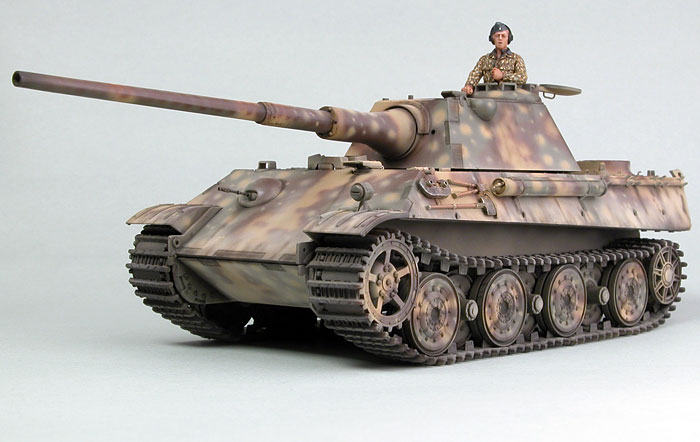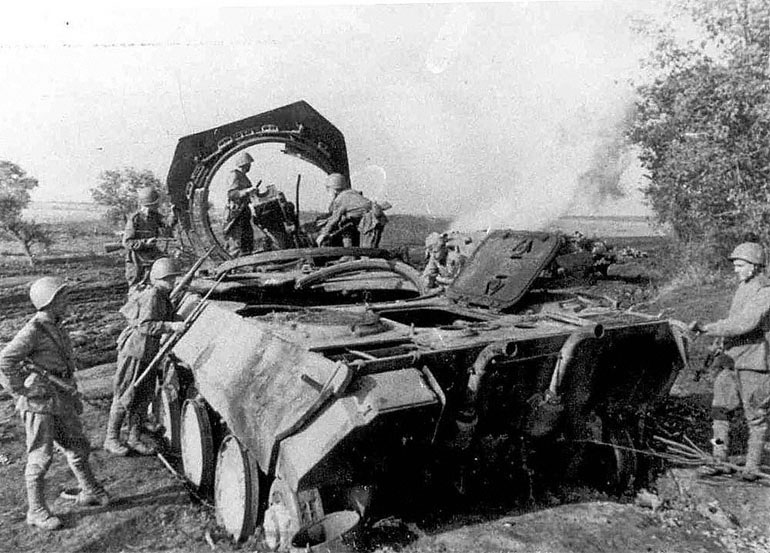A disclaimer at the beginning, I am a tanker. I served four years with 1st Cavalry Division as an Abrams tank crewman, so I think I have the background to be objective. I've seen and touched panther tanks, read about them, studied photos, watched documentaries, and gamed panthers for my entire adult life. I have a deep professional and technical fondness for the panther.
 |
| Panther D's being shipped to the front |
Having said that, I learned so much technically about the panther tank, I have almost a completely new understanding of the vehicle. Mike Green has put so much research and detail into "Panther", that it is difficult to find new question to ask. He discusses every assembly and system, its strengths and flaws, and how they contribute to the overall combat effectiveness of the panther. He draws on crew anecdotes, enemy reactions, enemy technical evaluations of captured panthers, and his own experience with the Military Vehicle Technology Foundation, and intimate work in the restoration of the "Littlefield Panther" to draw these often shocking insights. Green pulls the curtain back, exposing the panther as the war winner it almost was, and in detail illustrates what went wrong, and what was coming had the European war not ended in May 1945.
 |
| Panther F, due for production in June, 1945... |
The book is marvelously researched, and one cannot discount the value of Green's hands-on experience in restoring the Littlefield Panther. He has probably established himself as one of the world's foremost authorities on the Mk V panther. However, in doing so, unless the reader is a true tank or panther fanatic, "Panther" can get a little dry. What kept me involved was the constant mental comparison of each system with that of the Abrams tank. That gave me an appreciation of what Green was addressing, and a benchmark from which to draw my own conclusions.
Ok, what did I learn that I didn't understand before? Now I have a better grasp of the genius and limitations of the panther's armor package. The drive train failures (of which panther is legendary) were widespread among many systems and not a consistent failure of one component. The main gun system was dramatically superior to any of the Allies, and was designed to consistenly achieve the all-important first round kill. I feel I have a greater understanding of what it meant to crew and maintain this weapon. I feel I have a more solid concept of just how desperate the need was for a new tank, on a new battlefield against a new enemy (the Soviets), and the (often agonizing) compromises necessary to design and field a radically new tank. Panther, when compared to contemporary and modern tanks, was decidedly modern. It begs the question, was it that far ahead of its time, or are modern tanks influenced by panther that much?
 |
| The fate of most panthers, destroyed in action... |
The book does discuss variants, the bergepanther, the jagdpanther, but perhaps the "tastiest" details were the discussion of the panther F, and the panther II. As flawed as Green paints the panther, it was a feared and effective tank killer. The next design upgrades would have undoubtedly added to its legend. Increases in turret and hull armor, redesigned gun, co-incidental rangefinders, night-fighting gear, and a redesigned suspension were just some of the changes in store.
I can't recommend this book enough to anyone who has a deep interest in the panther, German armor, or tanks in general. Every square inch of the panther is photographed, every system explained, every wart and blemish highlighted, every technical triumph praised. You won't be disappointed.



No comments:
Post a Comment